Introduction
Before we dive into the exploration of the impact of motion control systems on the photographic community, it is essential to recognize the expertise and insights of Alex, the owner of Mars Motion Control Company, and a renowned robotic motion control expert from Toronto. Alex’s extensive knowledge and experience in the field have provided valuable ideas and perspectives for this article. With a deep understanding of the capabilities and advancements in motion control systems, Alex’s expertise serves as a valuable source of information as we delve into the fascinating world of pushing the boundaries of photography.
Photography has undergone a remarkable transformation with the advent of motion control systems. These advanced technological tools have revolutionized camera movement and expanded the creative possibilities for photographers. In this section, we will delve into the definition and significance of motion control systems in photography, as well as provide an overview of their impact on the photographic community.
Understanding Motion Control Systems in Photography

A. Definition and Components of Motion Control Systems
Motion control systems in photography refer to a set of equipment and tools designed to precisely control and automate camera movements. These systems typically consist of motorized sliders, dollies, pan and tilt heads, and robotic camera systems. By employing these components, photographers can achieve smooth and accurate camera movements, opening up new avenues for creative expression.
B. Overview of Different Types of Motion Control Systems Available
- Motorized Sliders and Dollies
Motorized sliders and dollies are widely used in photography to achieve linear camera movements. These systems allow photographers to capture smooth tracking shots and reveal scenes with dynamic movement.
- Pan and Tilt Heads
Pan and tilt heads provide photographers with the ability to control the horizontal (pan) and vertical (tilt) movement of the camera. These systems enable precise framing, panning, and tilting, resulting in more controlled and captivating shots.
- Robotic Camera Systems
Robotic camera systems take motion control to the next level by offering automated and programmable camera movements. These systems allow photographers to create complex and repeatable camera motions, empowering them to push the boundaries of creativity.
C. Importance of Motion Control Systems in Enabling Precise and Dynamic Camera Movements
Motion control systems play a crucial role in photography by enabling photographers to achieve precise and dynamic camera movements. These systems provide control over camera positioning, speed, and acceleration, allowing photographers to capture shots with exceptional precision and visual impact. The ability to execute such movements seamlessly enhances the overall quality of the captured images and opens up new creative opportunities.
Revolutionizing Camera Movement and Cinematography
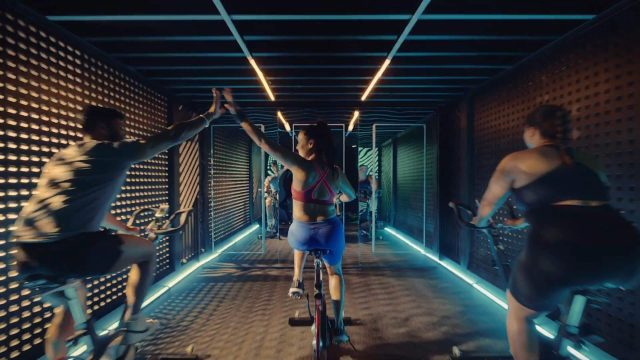
A. Enhancing Storytelling Capabilities through Controlled Camera Movements
Motion control systems have significantly enhanced storytelling capabilities in photography. By implementing controlled camera movements, photographers can guide the viewer’s attention and convey narrative elements more effectively. Camera movements such as tracking shots, panning, and tilting can create a sense of immersion and evoke specific emotions, enhancing the impact of visual storytelling.
B. Creating Cinematic and Visually Engaging Shots
The integration of motion control systems in photography has facilitated the creation of cinematic and visually engaging shots. By smoothly moving the camera during a shot, photographers can add dynamism and depth to their images. These systems enable photographers to capture sweeping panoramic shots, reveal hidden details, and create breathtaking visuals that captivate viewers.
C. Enabling Time-lapse and Hyper-lapse Photography Techniques
Motion control systems have played a crucial role in popularizing time-lapse and hyper-lapse photography techniques. By automating camera movements with precise intervals, photographers can capture the passage of time in a visually stunning manner. Time-lapse sequences showcase the transformation of landscapes, cityscapes, and other subjects, while hyper-lapse photography adds a dynamic element by incorporating camera movement into the time-lapse sequences.
Expanding Creative Possibilities for Photographers
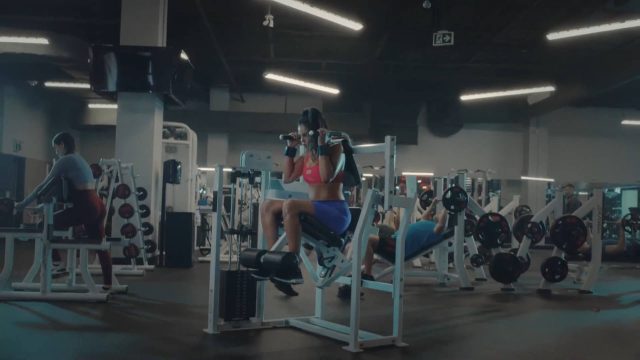
A. Incorporating Motion Control Systems in Landscape and Cityscape Photography
Motion control systems have opened up new horizons for landscape and cityscape photographers. These systems allow photographers to capture breathtaking panoramic shots, reveal the beauty of natural environments, and emphasize the scale and grandeur of urban landscapes. By integrating motion control systems into their workflow, photographers can create visually captivating images
B. Adding Depth and Perspective to Architectural and Interior Photography
Motion control systems have also had a significant impact on architectural and interior photography. By utilizing precise camera movements, photographers can capture architectural details, highlight specific design elements, and create immersive shots that showcase the spatial qualities of buildings and interior spaces. The controlled movement of the camera can add depth and perspective to the photographs, elevating the overall visual impact and allowing viewers to experience the space in a more dynamic way.
C. Exploring New Techniques in Product and Food Photography
Motion control systems have opened up new possibilities in product and food photography. By incorporating camera movements, photographers can showcase products from different angles, highlight specific features, and create visually appealing shots that capture the essence of the product. In food photography, these systems enable photographers to capture the preparation process or the arrangement of ingredients in a visually enticing manner. The controlled camera movements add a dynamic and engaging element to product and food photography, making the images more captivating and memorable.
D. Pushing the Boundaries of Experimental and Artistic Photography
Motion control systems have become valuable tools for experimental and artistic photographers. By introducing controlled camera movements, photographers can create unique and unconventional visual effects, explore abstract compositions, and push the boundaries of traditional photography. These systems allow photographers to experiment with long exposures, multiple exposures, and creative camera movements, resulting in visually striking and thought-provoking images. Motion control systems provide photographers with the means to unleash their creativity and bring their artistic vision to life.
Impact on Commercial and Advertising Photography
![]()
A. Elevating the Production Value of Commercial Shoots
Motion control systems have had a significant impact on the production value of commercial shoots. By incorporating controlled camera movements, photographers can add a professional and polished look to their work. These systems enable the capture of dynamic shots that highlight the features and benefits of the products or services being advertised, enhancing the overall impact and appeal of commercial photography.
B. Creating Dynamic Product Shots and Advertisements
Motion control systems have revolutionized the way products are presented in advertisements. By using precise camera movements, photographers can showcase products from multiple angles, create smooth product rotations, and capture attention-grabbing shots that showcase the product’s unique features. The controlled movements of the camera add a sense of dynamism and sophistication to product shots and advertisements, making them more visually appealing and enticing to potential customers.
C. Enhancing Visual Storytelling in Advertising Campaigns
Motion control systems have also contributed to enhancing visual storytelling in advertising campaigns. By incorporating camera movements that follow the narrative and complement the storytelling elements, photographers can create engaging and immersive advertisements. The controlled movements of the camera can guide the viewer’s attention, create a sense of movement and progression, and effectively convey the desired message or story behind the advertisement.
The Rise of Time-lapse and Hyper-lapse Photography
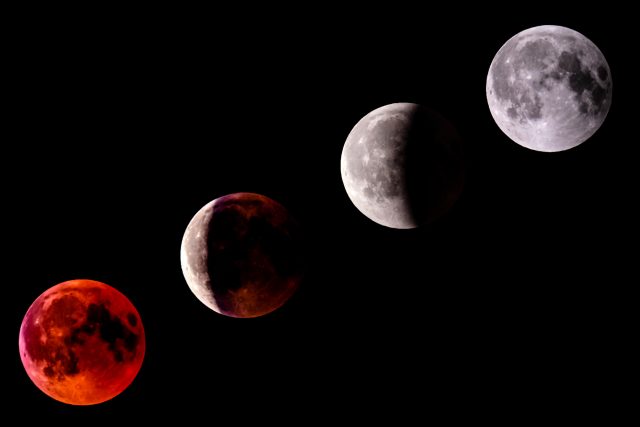
A. Definition and Techniques of Time-lapse and Hyper-lapse Photography
Time-lapse photography involves capturing a sequence of still images over a period of time and then playing them back as a video, compressing the passage of time. Hyper-lapse photography takes time-lapse a step further by incorporating camera movement into the sequence, resulting in a visually dynamic and engaging sequence of images.
B. How Motion Control Systems Contribute to the Creation of Stunning Time-lapse Sequences
Motion control systems have greatly facilitated the creation of stunning time-lapse sequences. These systems enable precise and programmable camera movements with consistent intervals, ensuring smooth transitions between frames. By automating the camera movement, photographers can eliminate human errors and achieve seamless and visually appealing time-lapse sequences.
C. Examples of Time-lapse and Hyper-lapse Projects That Have Gained Popularity
Numerous time-lapse and hyper-lapse projects have gained popularity, captivating audiences with their mesmerizing visuals. From capturing the beauty of starry night skies to documenting the bustling activity of cities, these projects showcase the creative possibilities enabled by motion control systems. Some notable examples include time-lapse sequences of blooming flowers, changing seasons, urban transformations, and architectural marvels. These projects demonstrate the power of motion control systems in capturing the passage of time and creating visually captivating imagery.
Overcoming Challenges and Learning Curves
A. Technical Considerations and Equipment Compatibility
Implementing motion control systems in photography comes with certain technical considerations. Compatibility between the motion control system and the camera equipment is crucial to ensure seamless integration and optimal performance. Photographers need to ensure that their camera gear is compatible with the chosen motion control system and that they have a thorough understanding of the technical requirements and settings.
B. Mastering the Use of Motion Control Systems for Smooth and Precise Camera Movements
Using motion control systems effectively requires practice and mastery of the equipment. Photographers must familiarize themselves with the controls and settings of the system, as well as develop a good sense of timing and movement. This includes understanding the speed, acceleration, and path of the camera movement to achieve smooth and precise results. Practice and experimentation are key to mastering the use of motion control systems for camera movements.
C. Balancing Creativity and Technical Proficiency in Utilizing These Systems
While motion control systems offer new creative possibilities, it is essential for photographers to strike a balance between their artistic vision and technical proficiency. The equipment should serve as a tool to enhance the photographer’s creative expression rather than overshadow it. By understanding the capabilities of motion control systems and maintaining a strong artistic vision, photographers can achieve a harmonious integration of technology and creativity in their work.
The Future of Motion Control Systems in Photography
A. Advancements in Technology and Accessibility of Motion Control Systems
The future of motion control systems in photography looks promising, with advancements in technology making these systems more accessible and user-friendly. The availability of more affordable options and advancements in automation and control interfaces have democratized the use of motion control systems, allowing photographers of all levels to explore their creative potential.
B. Integration of Artificial Intelligence and Automation in Camera Movements
Artificial intelligence (AI) and automation are expected to play an increasingly significant role in the evolution of motion control systems. AI algorithms can analyze scenes, recognize subjects, and make intelligent decisions regarding camera movements. Automation features will further simplify the use of motion control systems, allowing photographers to focus more on their creative vision while the technology handles the technical aspects of camera movements.
C. Implications for the Future of Photography and Visual Storytelling
The integration of motion control systems in photography has already had a profound impact on the way stories are told visually. As these systems continue to advance and become more accessible, photographers will have unprecedented creative freedom to capture dynamic and immersive imagery. Visual storytelling will be elevated to new heights, allowing photographers to evoke emotions, convey narratives, and engage audiences in innovative and compelling ways.
Conclusion
The impact of motion control systems on the photographic community cannot be overstated. These systems have revolutionized camera movement, expanded creative possibilities, and enhanced visual storytelling across various genres of photography. By incorporating precise and dynamic camera movements, photographers can push the boundaries of their craft, creating captivating images that resonate with viewers. It is essential for photographers to explore and embrace motion control systems, as they provide a powerful tool to enhance creativity and express their unique vision in the ever-evolving world of photography.
Thanks for reading, I hope you enjoyed the article, in case you have any questions just drop them below & I will be happy to answer you.
The featured Photo by Deposit Photos
If you enjoy the site, don’t forget to subscribe, we will only inform you when a new article is posted.

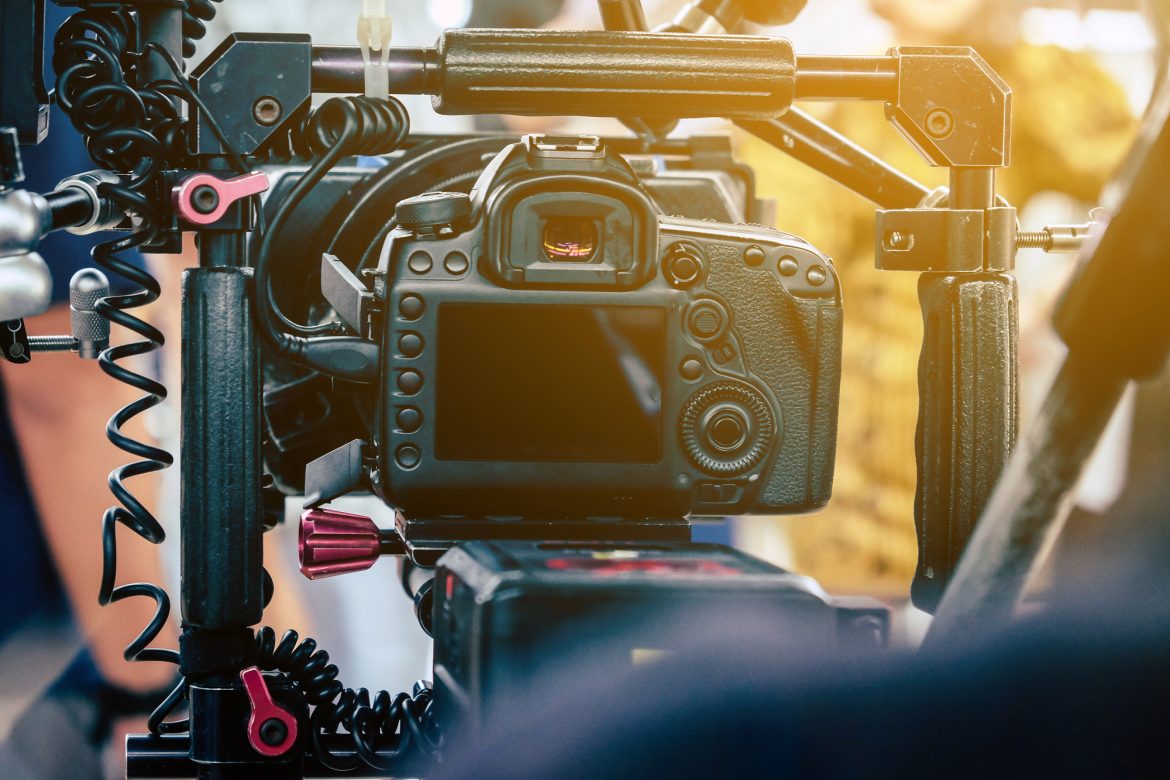






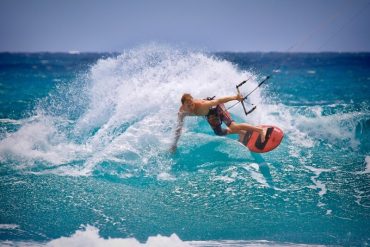
The clarity and passion with which the content is presented make it an engaging read. Whether you’re a shutterbug eager to enhance your skills or someone who simply appreciates the visual stories that photographs weave, this website is an essential pit stop in your journey.
Salut for curating such a comprehensive and informative platform. It not only celebrates the power of visual storytelling but also pays homage to the dedicated souls who freeze moments in time for the world to cherish.
Thank you for your kind words! We’re thrilled to hear that you find our website engaging and informative. We’re passionate about celebrating visual storytelling and preserving meaningful moments through photography. Your support means a lot to us as we continue on this journey.
Hey Ehab,
This is an incredible article. You have provided so much detail and information.
It’s amazing to see how photography has advanced in recent years and this article really lays out methods that enhance the end visual results and how motion control in photography truly does expand horizons.
There is so much I can learn just from this article alone.
Thank you for taking the time to provide such a wealth of information.
Thank you for your enthusiastic feedback! We’re delighted that you found the article informative and detailed. It’s true, photography has evolved significantly, and we’re thrilled to showcase how motion control can take visual results to new heights. We’re glad you’re finding value in the content and appreciate your support in exploring these exciting advancements.
Best regards,